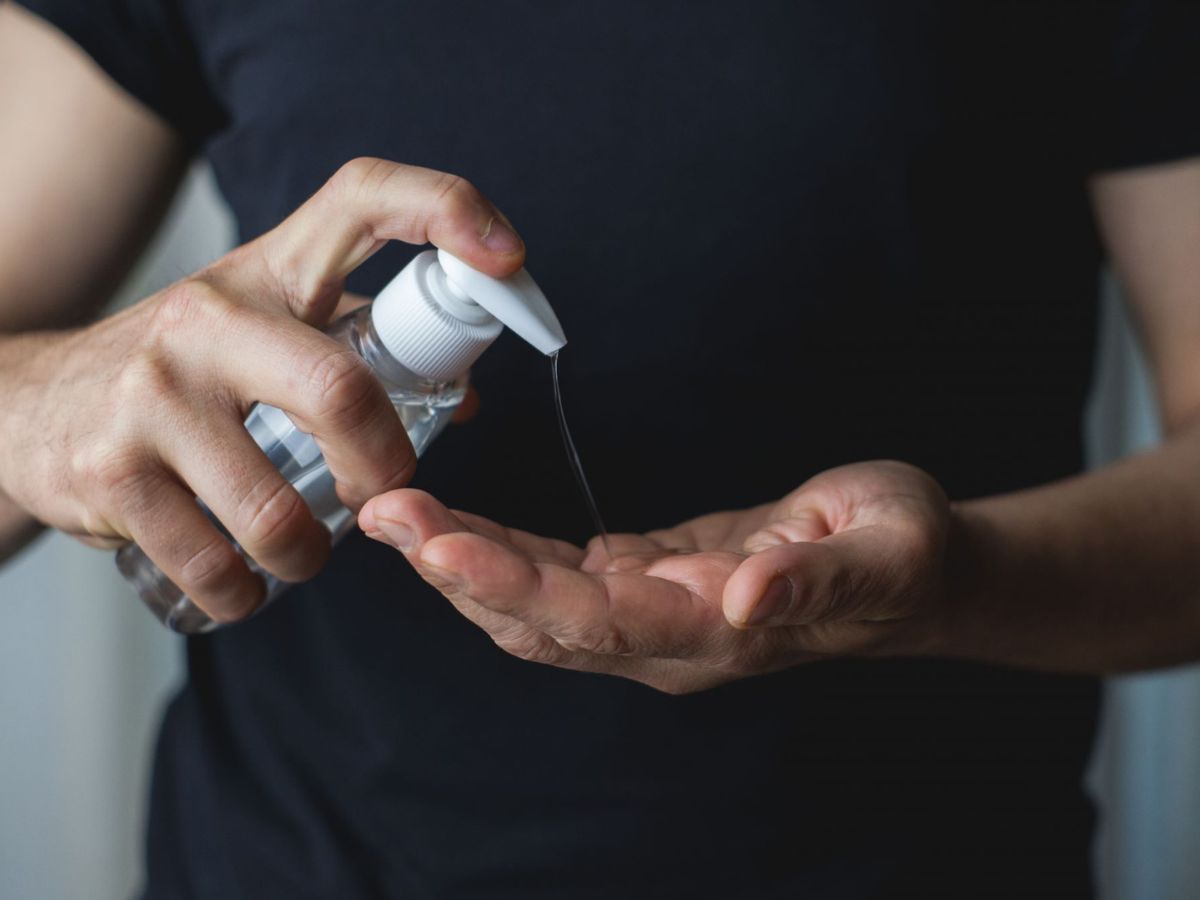Introduction
Tennis elbow, or lateral epicondylitis, is a common condition that causes pain and discomfort on the outer part of the elbow. Though its name suggests just tennis players, tennis elbow can strike anyone who participates in activities requiring repeated strain on the elbow. Knowing the reasons, ways to prevent tennis elbow, and available treatments will help one properly manage and relieve this disorder.
Causes of Tennis Elbow
Usually stemming from activities requiring regular use of the forearm muscles, tennis elbow is caused mostly by repeated strain on the elbow. This can apply to sports like tennis, where misuse of the forearm muscles or incorrect technique might cause damage. Other typical causes include tasks involving gripping or twisting actions as well as repeated motions in jobs such painting, plumbing, or hand tool use. The treatment is based on the underlying cause, tennis elbow treatment UK is a commonly used treatment approach.
Risk Factors for Tennis Elbow
Tennis elbow can be more likely to arise from a number of elements. These include age since the disorder is more common in people between 30 and 50 years old and work or pastimes involving repeated arm motions. The risk can also be caused by poor technique in sports or activities including incorrect lifting methods or the wrong grip size in tennis.
Symptoms of Tennis Elbow
Usually involving soreness and tenderness on the outer side of the elbow, tennis elbow can also cause radiation down the forearm. Activities include arm extension, lifting, or clutching can aggravate the pain. Other symptoms could be discomfort when pressing on or touching the lateral epicondyle and forearm weakness.
Prevention Strategies & Treatment
Preventing tennis elbow is acting to lessen elbow repeated strain. Important tactics in sports or activities include applying correct technique and equipment; for example, you may change your stance or swing and use a racket with the suitable grip size. Exercises including strengthening and stretching for the forearm muscles can also assist create resilience against overuse problems. Crucially in prevention are also frequent breaks and avoidance of extended repeated motions.
Treatment Options
Tennis elbow treatment seeks to restore function, lower pain and inflammation, and encourage recovery. Usually starting treatment is rest, cold application, and over-the-counter painkillers. Exercises in physical therapy help to stretch and strengthen the forearm muscles, therefore enhancing flexibility and lowering strain. Sometimes the tendons can be relieved of pressure by means of a brace or forearm strap.
Medical Interventions
Should conservative approaches prove ineffective, medical measures could be required. By lowering inflammation, corticosteroid injections can offer momentary relief. In severe circumstances, surgical choices could be taken under consideration including arthroscopic surgery to remove deteriorated tissue or mend injured tendons. To decide the most suitable treatment depending on the degree of the problem, one should see a healthcare professional.
Rehabilitation and Recovery
The recovery from tennis elbow depends critically on rehabilitation. Physical therapy activities in a regimented rehabilitation program help to regain strength, flexibility, and range of motion. To avoid re-injury, gradually return to sports and activities using correct technique and adaptations. Following the therapy schedule and making required lifestyle changes would help one to recover successfully.
Lifestyle Modifications
Changing several aspects of lifestyle will assist control and avoid tennis elbow. This entails avoiding activities aggravating the pain and implementing ergonomic changes in leisure or business environments. Using customized equipment or ergonomic tools helps to ease elbow strain by means of supportive devices. Moreover, helpful in reducing recurrence is using correct body mechanics and posture during regular activities.
Conclusion
In conclusion, tennis elbow is a prevalent but treatable ailment caused by elbow tendon overuse. Understanding its origins, such as repetitive actions and inappropriate procedures, can avoid and manage its pain. Adjusting tactics, strengthening and stretching, and employing ergonomic tools can greatly reduce tennis elbow risk. Rest, physical therapy, and medicinal treatment can relieve discomfort and restore function if symptoms occur. Tennis elbow can be prevented and treated to help you get back to your routine.
Visit toto4dmacau for more!











